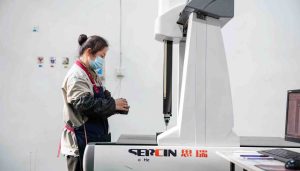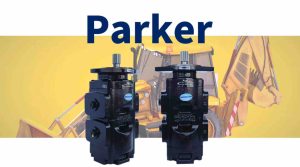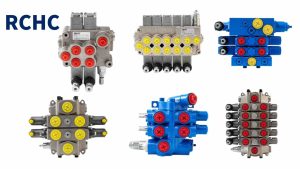Gear pump efficiency and energy consumption
- Gear pump efficiency
Mechanical efficiency: The mechanical efficiency of gear pumps is usually related to the loss of internal friction in the pump. The friction loss mainly occurs at the gear bearing and gear meshing. High mechanical efficiency means less energy is lost to friction, allowing more energy to be used to transport fluids.
Volumetric efficiency: The volumetric efficiency reflects the ratio of the actual fluid volume transported by the pump to the theoretical fluid volume. Due to leakage, the actual flow rate of the gear pump is often lower than the theoretical flow rate. Reducing internal leakage helps to improve volumetric efficiency.
Total efficiency: The total efficiency of the gear pump combines mechanical efficiency and volumetric efficiency. The higher the overall efficiency, the higher the energy utilization of the pump.
- Energy Consumption
The energy consumption of gear pump is closely related to its efficiency. Energy consumption can be expressed by the relationship between the input power and the output power of the pump. The main factors affecting energy consumption include:
Pump working pressure: As the working pressure increases, the energy consumption of the gear pump will also increase accordingly. Leakage and friction losses also increase at high pressures.
Pump flow: The energy consumption of the gear pump is proportional to its flow. The greater the flow, the greater the input power required.
Liquid viscosity: The higher the viscosity of the liquid, the greater the energy consumption of the pump. Liquids with higher viscosity will increase the friction loss of the pump and may cause the efficiency of the pump to decrease.
- Energy consumption optimization and efficiency improvement
Design optimization: Improving the design of gear pump, such as reducing friction, improving gear mesh accuracy, can effectively improve efficiency and reduce energy consumption.
Material selection: The use of low-friction materials or coatings can reduce friction losses and thus improve mechanical efficiency.
Working condition matching: The use of gear pumps under reasonable working conditions, such as appropriate pressure and flow ranges, can reduce unnecessary energy consumption.
In general, improving the efficiency of the gear pump means that the input energy is better converted into useful output power, which directly leads to a reduction in energy consumption.
 Hydraulic Pump products manufacturer | Rui Chen Hydraulic Machinery Co. Ltd
Hydraulic Pump products manufacturer | Rui Chen Hydraulic Machinery Co. Ltd





HelloPlease log in